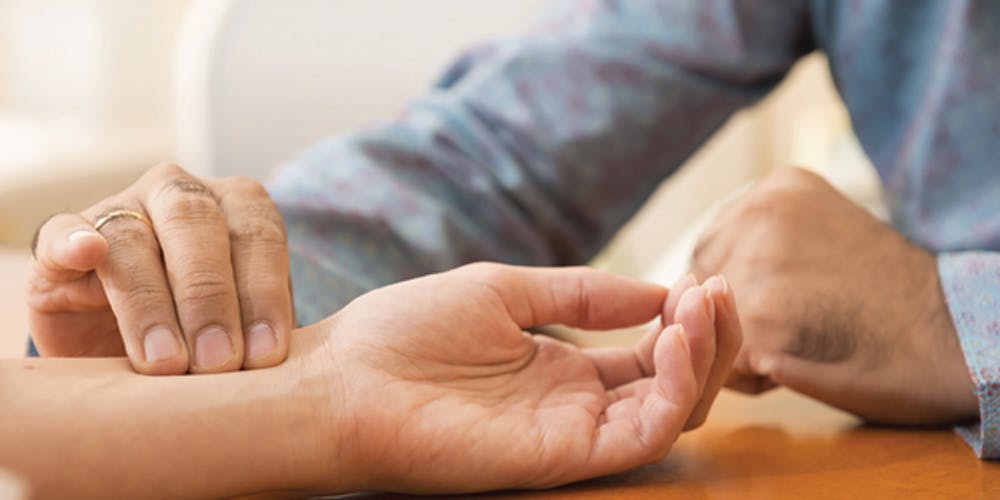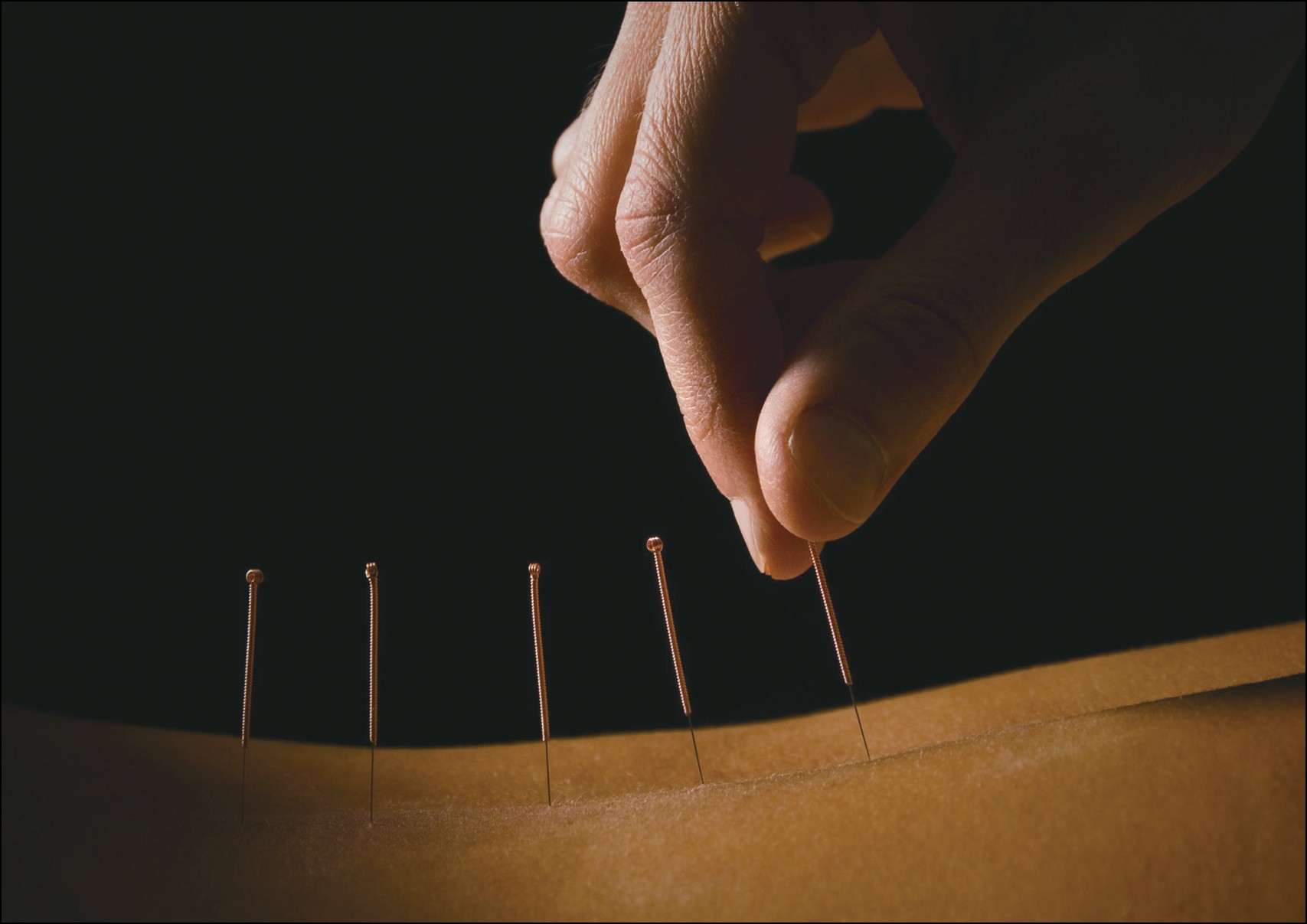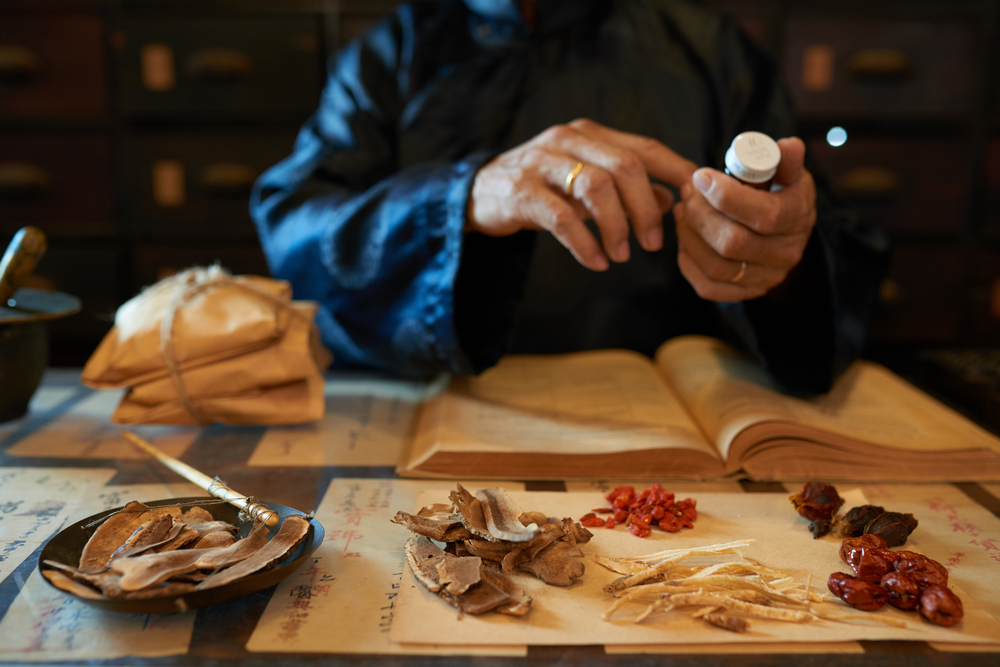Photo credit: Friendly Atheist – Patheos
If you are not from East Asia, you may find Traditional Chinese Medicine (TCM) and therapies unbelievable or even a bit shocking to some extent. However, these traditional medicine practices have been around for centuries and are becoming very trendy around the globe.
Different from Western medicine, TCM is based on balance, harmony, and energy and includes various forms of herbal medicine. Acupuncture (針灸), cupping therapy (拔罐), gua sha (刮痧), massage (推拿), exercise (氣功), and dietary therapy (食療) are also other parts that make up TCM. TCM has now evolved into a lifestyle and in modern China, it is an indispensable part of daily life for the Chinese. When Chinese people get sick, besides choosing western medicine, they might opt for TCM even if most TCM therapies take a longer time to heal compared to western medicine.
According to Nature Research, China has opened TCM centers in more than two dozen cities overseas, including Barcelona, Budapest, and Dubai, and pumped up sales of traditional remedies. The journal, Nature, reported in 2018 that the World Health Organization, which is supposed to be devoted to improving the health and medical care of people around the globe, will for the first time endorse a belief system called “traditional Chinese medicine.”
Despite a wide range of therapies, before any treatment, however, a thorough diagnosis is essential. Diagnosis is based on several steps namely, looking, listening, asking, smelling, touching and pulse diagnosis. Doctors would see a person’s emotional state and body appearance then take a look at the condition of their tongue. After that, doctors would listen for the sound of the voice, breathing, and coughing. Afterward, their past medical history would be referred to before the pulse diagnosis. Different types of pulse quality relate to different diagnosis, physical and mental symptoms.

Photo credit: Eventbrite
Yin and Yang
The diagnosis is based on the belief of balance. This also plays out in our bodies and everything has yin and yang in the natural world. When you balance the yin (陰) and yang (陽), you feel healthy and well. “Yin” refers to hot, light, feminine and hollow while “yang” means cold, heavy, masculine, night and solid. If they are out of balance, you may feel sick. TCM aims to create harmony and a healthy flow of qi (氣) which literally means “air” and “energy flow” and is the central underlying principle in TCM and Chinese martial arts.

Photo credit: 超級大本營
Acupuncture (針灸)
Don’t freak out when you see needles stuck in different parts of bodies. Acupuncture is a 3,000-year-old healing technique of TCM. The most common method used to stimulate acupoints is the insertion of sterile needles into the skin. Pressure, heat, or electrical stimulation could be applied to further enhance the effects. There are many conditions that could benefit from acupuncture such as knee pain, scapulohumeral periarthritis (frozen shoulder), facial pain, stroke, among others.
In 1997, the U.S. National Institutes of Health (NIH) documented and publicized acupuncture’s safety and efficacy for treating a wide range of conditions. Acupuncture is now covered by many insurance policies and is used most broadly to relieve pain.

Photo credit: Klook
Cupping Therapy (拔罐)
Cupping Therapy (CT) is an ancient method and currently used in the treatment of a broad range of medical conditions. The suction and pressure provided by cupping could loosen muscles, strengthen blood flow, and sedate the nervous system. But, the mechanism of action of CT is not fully understood and it has been characterized as a pseudoscience because there is no good evidence that shows it has any health benefits. Also, be careful of some risks of harm such as chafing and burns especially from wet cupping and fire cupping.

Photo credit: fountainacupuncturecary
Chinese Herbology
The first traditionally recognized herbalist is a mythical god-like figure called Shen Nong (神农), who is said to have lived around 2800 BC. He tested hundreds of herbs and imparted his knowledge of medicinal and poisonous plants to farmers. According to Wikipedia, he wrote Shen Nong Ben Cao Jing (神农本草经) which is considered as the oldest book on Chinese herbal medicine and classifies a variety of species of roots, grass, woods, furs, animals and more into different categories of herbal medicine.
However, it’s worth noting that misinformation about TCM is everywhere on the Internet, so if you want to try TCM, it is safer to ask professional TCM practitioners.
Another thing to note is that some medicinal materials are not eco-friendly and even threaten the diversity of species. For example, pangolin scales are considered by some practitioners of Chinese and Vietnamese traditional medicine to have healing properties. “The number of animals being stripped from the wild is completely out of control,” former secretary-general of the Convention on International Trade in Endangered Species of Wild Fauna and Flora (CITES) John Scanlon was quoted by South China Morning Post as saying.



































